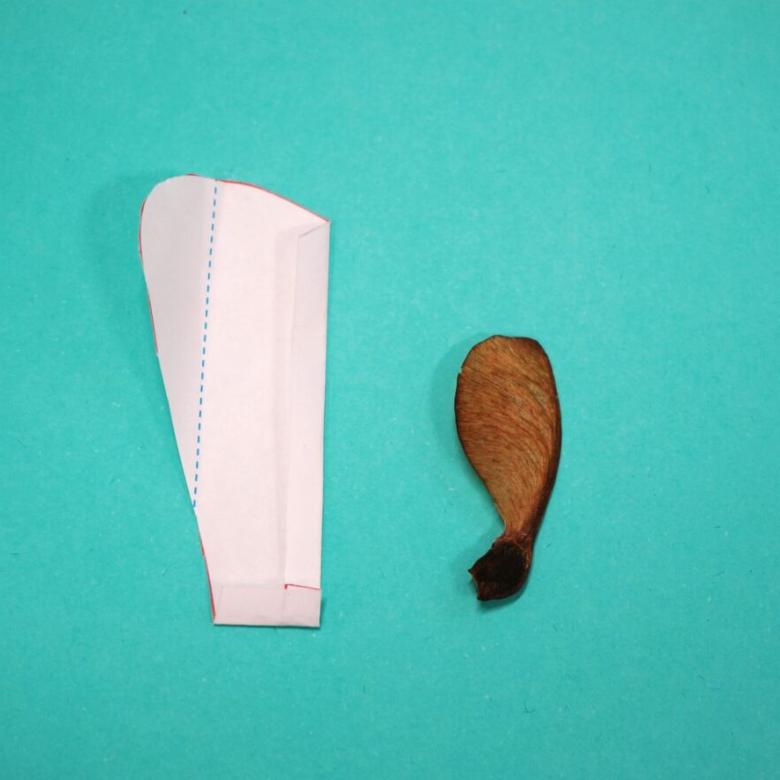You'll need
- A pen and paper to record observations
- Two or more balls, preferably with different
- properties (size, weight, bounciness, etc.), such as:
- Tennis balls, bouncy handballs
- Soccer balls, basketballs
- Balloons (try inflated to different sizes)
- Styrofoam craft balls
- Durable, lightweight objects, such as:
- Plastic toys
- Stationery
- Soft toys or teddy bears
What to do
- Drop each ball or object onto the ground one at a time.
- Do they bounce? How high? Write down what you notice.
- Drop two items together - Place the least bouncy ball or object on top of another, bouncier ball and drop them together.
- What happened to the ball on top? What happened to the ball on the bottom?
- Make a stack of three items - Find a third ball or object and make a 'stack' with all three items. Drop them together.
- What happens this time?
Questions to ask
- What happened?
- Is this ball heavy or light?
- Did that ball bounce high?
- What's going to happen next?
- What if we use a bigger (or different) ball?
- Why did that ball bounce higher this time?
- Why does a soft toy bounce less than a tennis ball?
What's happening?
The way that the balls bounce is influenced by their energy. All objects contain energy, which is described as the capacity to do work. The Law of Conservation of Energy states that the amount of energy in a system is constant—you can never create or destroy energy; you can only transform it.
There are lots of different types of energy. When you hold the balls, they contain gravitational potential energy, and as you move the balls higher, the more of that energy they contain. When you drop the balls, the gravitational potential energy transforms into kinetic energy, the energy that an object has while it's moving.
How high a ball can bounce depends on its elasticity, that is, how well it can store energy that transfers into it after it collides with the ground. When two balls are dropped, two collisions occur. First, the ball at the bottom hits the ground, maintains most of its own kinetic energy and bounces. Then, the ball on top collides with the ball on the bottom. When this happens, the ball on the bottom transfers most of its kinetic energy to the ball on the top, causing the ball on the top to bounce higher. Because of the Law of Conservation of Energy, the ball on the bottom loses energy when the ball on top gains energy, causing it to bounce less.
Did you know
Balls bouncing off each other are a great way to demonstrate how matter behaves on any scale, from atoms to planets. One of the key parts of this is the amount of energy that goes into the bounce. The harder you throw a ball against a surface (i.e. the more energy you give the ball) the higher it will bounce. Understanding why heavier balls push harder or why squishy things don't bounce lays a great foundation for using physics to control and predict the world around s! In this experiment, we are going to play with a surprising way we can give a ball energy.






